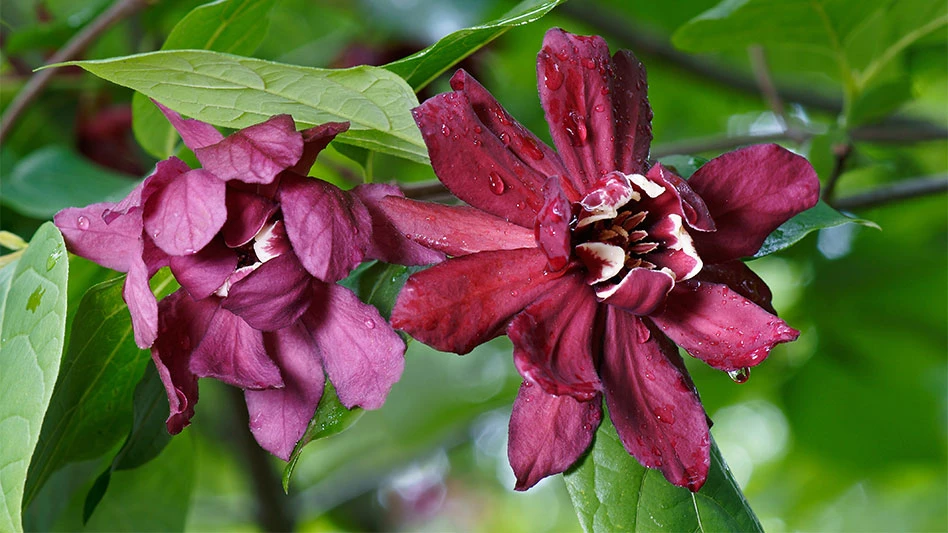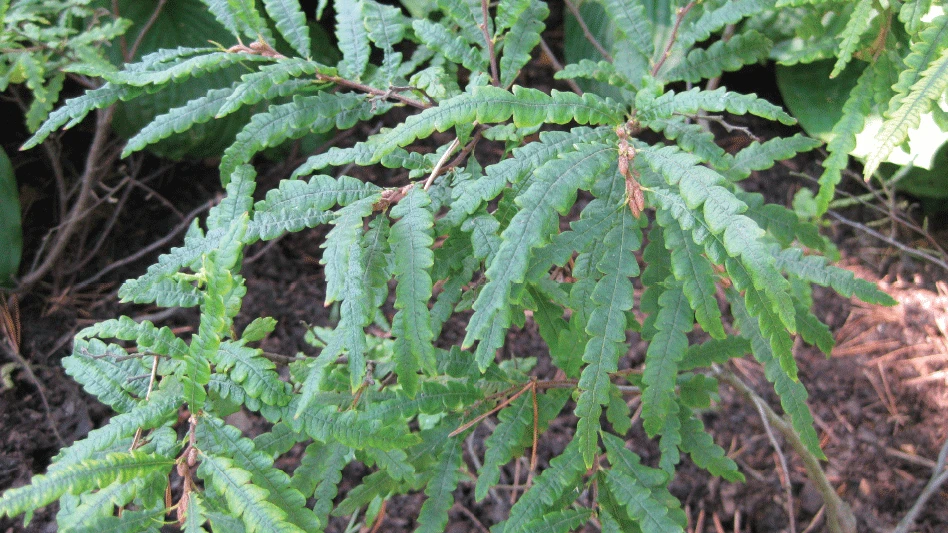 A new three-year study will evaluate several tree-planting programs, assessing their direct effects on the survival and growth of urban trees and their indirect effects on the involvement of organizations and individuals. Photo courtesy of Urban Ecos. A new three-year study will evaluate several tree-planting programs, assessing their direct effects on the survival and growth of urban trees and their indirect effects on the involvement of organizations and individuals. Photo courtesy of Urban Ecos. |
A team of Indiana University Bloomington researchers will spend the next three years studying the effects of tree-planting programs in six cities. The principal investigator is Burnell C. Fischer and his colleagues will expand urban forestry research they have been conducting in Indianapolis to include Detroit, St. Louis, Philadelphia, Atlanta and Des Moines, Iowa.
The research is funded in part from a $173,206 grant awarded by the U.S. Forest Service. The National Urban and Community Forestry Challenge Cost-Share grant was awarded to IU's Center for the Study of Institutions, Population and Environmental Change.
"This large-scale, holistic study will help us understand how people influence urban trees and also how trees influence people in urban settings," Fischer said. "We're deeply grateful to the U.S. Forest Service for funding this research."
The IU research proposal was one of three that were selected for funding, out of 60 applications, in a national competitive grant proposal.
 Dawn redwood is being planted in more progressive cities. (see below) Photo by Villanova University Dawn redwood is being planted in more progressive cities. (see below) Photo by Villanova University |
The interdisciplinary, collaborative project will evaluate several tree-planting programs, assessing their direct effects on the survival and growth of urban trees and their indirect effects on the involvement of organizations and individuals. Researchers will collect data using mixed methods in the tradition of research on social-ecological systems. For example, they will inventory planted trees to gather data on environmental variables; and they will carry out surveys and interviews to measure effects on community engagement.
Results of the research will:
- Improve knowledge of the impact of tree planting for researchers, urban foresters and urban tree-planting nonprofits.
- Help close the gap between knowledge and practice for community tree-planting organizations.
- Generate data for a national assessment of urban tree planting in the face of climate change.
- Inform best practices for volunteer tree planting and environmental stewardship.
Partner organizations for the project include the Alliance for Community Trees and six community organizations: Greening of Detroit, Keep Indianapolis Beautiful Inc., Forest ReLeaf of Missouri (St. Louis), Pennsylvania Horticultural Society (Philadelphia), Trees Atlanta and Trees Forever (Des Moines).
For more: Indiana University, Center for the Study of Institutions, Population and Environmental Change; www.indiana.edu/~cipec.
Pests are changing the urban tree selection
Invasive pests, especially the emerald ash borer, are changing planting patterns of urban trees. Make sure you’re communicating with cities and urban forestry departments to stay on top of the changes.
During the last few years, city budgets were slashed, and urban plantings were casualties in the fiscal war. But the arrival of pests has caused an uptick in some city budgets because of the loss of trees, said Scott Jamieson, vice president of Bartlett Tree Experts.
“Whether it’s a loss of trees from an invasive pest like emerald ash borer (EAB) or from storms, cities are realizing they have to replant, and they’re adding money to the budget for new trees,” he said.
There’s a bit of a silver lining to the problems associated with pests like EAB. Jamieson said there’s now a greater diversity in city tree plantings.
“There’s a lot of swing back to natives, including a resurgence in oaks,” he said. “Oaks have good storm resistance, citizens know and love oaks, and the species is easier to transplant and grow than once thought.”
Jamieson has noticed other nontraditional species for urban plantings, including sour gum (Nyssa sylvatica), Turkish filbert (Corylus colurna), some larch species (Larix spp.) and dawn redwood (Metasequoia glyptostroboides).
“The more progressive cities are leading the charge with the better mix of trees,” he said.
It’s also important for growers to get to know the nonprofit tree-planting associations such as Openlands (www.openlands.org) in the Chicago area and Alliance for Community Trees (ACT), a national organization. ACT (http://acttrees.org) has more than 200 member organizations in 44 states and Canada.
With such a large number of volunteer organizations planting trees in cities, growers need to be in tune with the sizes requested by those groups.
“The size of trees being planted is ratcheting down a bit,” Jamieson said. “Many of the nonprofit groups want sizes that are smaller and easier for volunteers to handle. They’re also requesting more trees in containers, some bareroot or smaller B&B trees.”
That doesn’t mean the door has been closed on the large tree market. But it’s a good idea to establish relationships with these groups to know what they anticipate.
Get curated news on YOUR industry.
Enter your email to receive our newsletters.
Explore the January 2013 Issue
Check out more from this issue and find your next story to read.
Latest from Nursery Management
- How impending tariffs and USDA layoffs impact the horticulture industry
- Shifting the urban environment
- These companies are utilizing plastic alternatives to reduce horticultural waste
- How to create a sustainable plant nursery
- Lamiastrum galeobdolon ‘Herman’s Pride’
- One of rarest plants on earth: Tahina spectabilis
- Leading Women of Horticulture: Angela Labrum, Bailey Nurseries
- Get to know Pat Reilly with NewGen Boxwood and the American Boxwood Society








